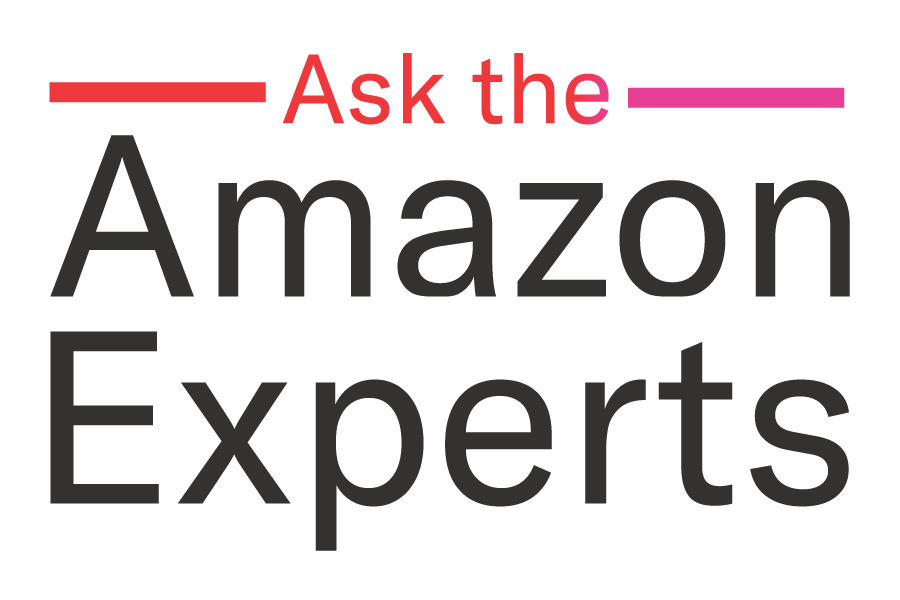Resources - Blog
Amazon Expert Briefing: The Importance of Inventory Management


The Amazon Expert Briefing series focuses on Feedvisor’s hands-on expertise across price, advertising, and brand optimization and intelligence, with Amazon at the center. This post is led by Feedvisor’s Director of Corporate Strategy and Operations, Lotem Alon.
Inventory management is one of the most critical processes for a retail business. Knowing how to balance inventory levels to make sure you do not run out of stock or end up with excess inventory is a constant challenge. It not only impacts your sales, but your expenses too.
While low stock levels can directly lead to a decrease in sales, having surplus inventory can result in many hidden expenses. These expenses include storage fees, obsolescence, loan interest, and alternative costs of not investing in new products.
The first quarter of the year is the best time to learn and master new inventory management capabilities while revisiting and analyzing your inventory. By utilizing our best practice tools, you can understand which actions you need to take to maximize inventory ROI.
Assess Your Inventory Turnover
Setting targets and assessing inventory turnover can help you learn how well you are managing inventory.
Inventory turnover can be defined as sales divided by average inventory level, or total cost of goods sold divided by average inventory level.
In general, sellers should aim for a monthly inventory turnover ratio of >12. A lower ratio will usually equate to slow-moving inventory, which translates to greater expenses. A significantly higher ratio ( >20), however, could imply that you do not have enough stock, thus running out of stock too quickly and missing out on sales opportunities.
Stay on top of the latest e-commerce and marketplace trends.
Monitor Inventory Levels on a Regular Basis
To strategically prepare for each quarter, it is important to invest time planning out the quarter and regularly monitoring inventory levels. If you are planning inventory for Q2 of 2019, for example, look at inventory performance data from the previous quarter (Q1 of 2019) and the previous year (Q2 of 2018) and use them both as a reference. Consider units ordered, profit margin, Buy Box share, returns, and sales rank to forecast how many units you should plan for with each SKU based on current demand and seasonality trends.
Prioritize Routine Replenishment
If it is not yet, make replenishment a part of your regular work routine. While constantly fighting over the Buy Box, running out of stock means 0% Buy Box and no conversion. Replenishing your best items is a low hanging fruit process. Try reviewing your top 20% selling items on a weekly basis in order to estimate how much you need to order.
Beware of Long-Term Storage Fees
Excess inventory can be very costly. On one hand, you pay monthly and long-term storage fees. On the other hand, Amazon will punish you if your Inventory Performance Index (IPI) score is too low. If you are sending too many items to Amazon’s warehouses and not monitoring their velocity, you will get hit.
Feedvisor’s experience helping sellers improve their inventory management strategies has allowed us to develop a simple and very practical method:
A good way to evaluate your inventory is by dividing it into different velocity groups (high, medium, low, non-movers) and to estimate remaining days of coverage groups (DOC) (0-30, 30-90, 90-120, 120+). You will then get the following table:

Pink: First replenishment priority, as long as the profit margin is good.
Gray: These items are second priority. Monitor the items regularly to see if one of them is expected to have high storage fees and whether there have been major changes in velocity.
Red: The majority of your inventory value is closely correlated with the expected storage fees. Items with low velocity and high remaining days of coverage should be acted upon to make sure inventory levels are reduced (increase aggressiveness, reduce your floor price, liquidate, optimize your advertising, etc.).
To utilize your capital efficiently, make sure you are on top of your replenishment and regularly act upon excess inventory to avoid additional costs. Finally, use inventory turnover KPI as a metric to calculate how well your product lines are doing when it comes to inventory management.
Learn what Feedvisor can do for your business.
When you partner with Feedvisor, you automatically receive access to our true, AI-driven technology and hands-on team of e-commerce experts. Contact one of our team members today to learn more about our end-to-end solution for brands and large sellers on Amazon, Walmart, and e-marketplaces.




